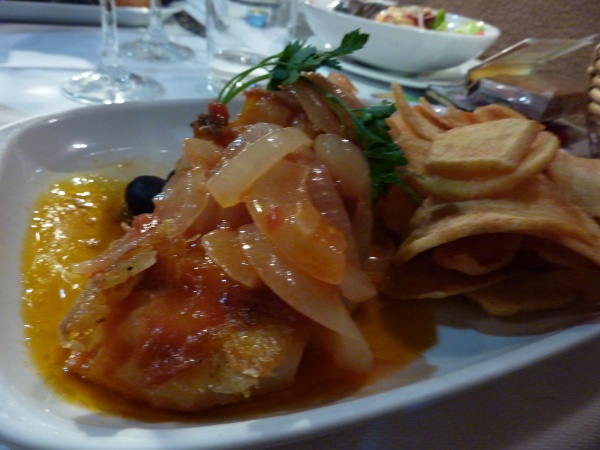Facts About Portuguese cuisine
Portuguese cuisine, with its rich history dating back to the 17th century, has evolved through a fusion of regional recipes and external influences from French, Mediterranean, and the country's former colonies. This cultural amalgamation has created an eclectic culinary landscape, characterized by a variety of spices such as piri piri, cinnamon, and vanilla. Olive oil, a cornerstone of Portuguese cooking, is utilized in various forms depending on its acidity levels.
The cuisine prominently features a range of meats including pork, beef, poultry, and game, as well as a remarkable selection of seafood such as cod, sardines, octopus, and shrimp. Given Portugal's strong maritime heritage, fish and seafood hold significant importance, with cod being a staple ingredient, prepared in countless ways. Traditional meat dishes like "cozido à portuguesa" (a hearty stew) and "tripas à moda do Porto" (a tripe dish from Porto) are also well-loved. The frequent inclusion of vegetables, legumes, fruits, nuts, and berries further enriches Portuguese recipes.
The reach of Portuguese cuisine extends well beyond its borders. For instance, Brazil's famous "feijoada" Goa's "vindalho" and Portuguese-style chicken popular in Australia and Canada all have roots in Portugal. Moreover, Madeira wine, which was highly favored in North America and the Caribbean during the 18th century, played a notable role in early American history. Through its distinctive flavors and unique ingredients, Portuguese cuisine has made an enduring impact on global culinary traditions.
